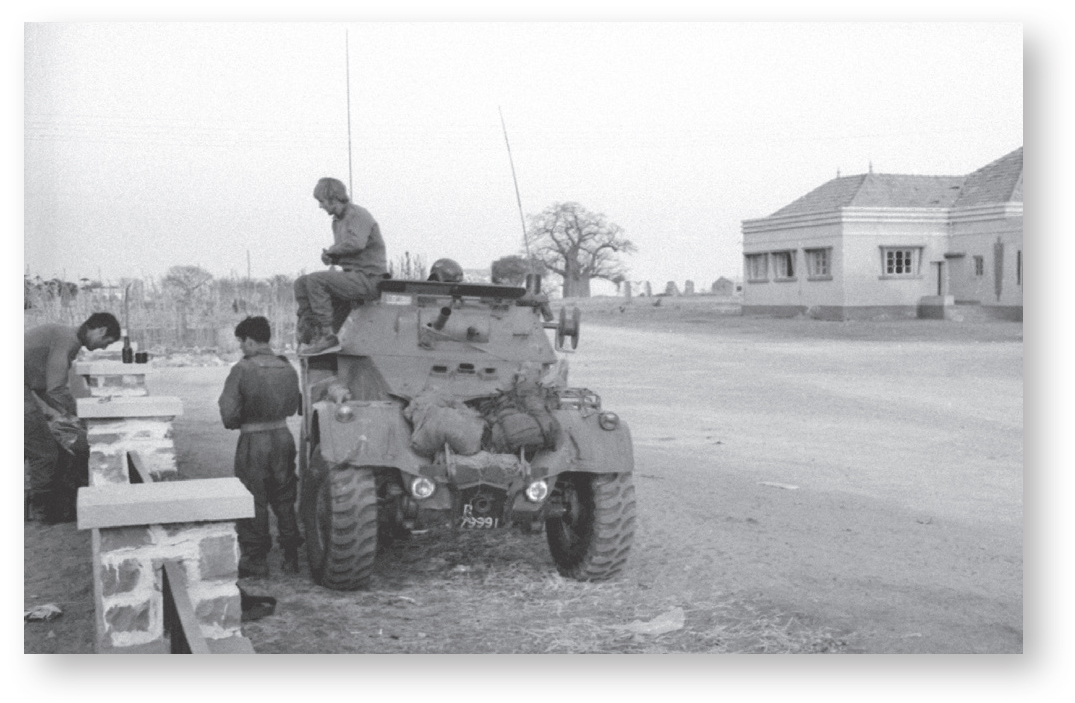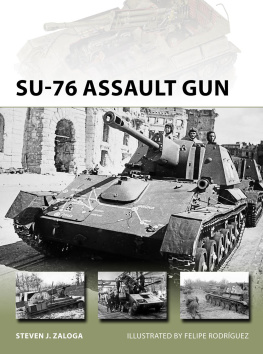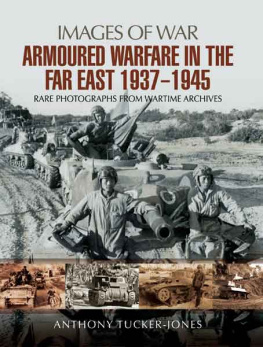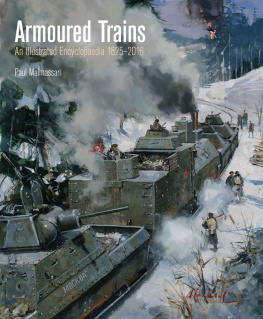
First published in Great Britain in 2017 by Osprey Publishing,
PO Box 883, Oxford, OX1 9PL, UK
1385 Broadway, 5th Floor, New York, NY 10018, USA
E-mail:
Osprey Publishing, part of Bloomsbury Publishing Plc
This electronic edition published in 2017 by Bloomsbury Publishing Plc
OSPREY is a trademark of Osprey Publishing, a division of Bloomsbury Publishing Plc
2017 Osprey Publishing Ltd.
All rights reserved
You may not copy, distribute, transmit, reproduce or otherwise make available this publication (or any part of it) in any form, or by any means (including without limitation electronic, digital, optical, mechanical, photocopying, printing, recording or otherwise), without the prior written permission of the publisher. Any person who does any unauthorised act in relation to this publication may be liable to criminal prosecution and civil claims for damages.
A CIP catalogue record for this book is available from the British Library.
ISBN: 978-1-4728-1743-3 (PB)
ISBN: 978-1-4728-1745-7 (eBook)
ISBN: 978-1-4728-1744-0 (ePDF)
Osprey Publishing supports the Woodland Trust, the UKs leading woodland conservation charity. Between 2014 and 2018 our donations are being spent on their Centenary Woods project in the UK.
To find out more about our authors and books visit www.ospreypublishing.com. Here you will find our full range of publications, as well as exclusive online content, details of forthcoming events and the option to sign up for our newsletters. You can also sign up for Osprey membership, which entitles you to a discount on purchases made through the Osprey site and access to our extensive online image archive.
Cover image: Olifant Mk 1
Dedication
To my parents and brother.
- Kyle Harmse
CONTENTS
INTRODUCTION
The conflict known to South Africans as the Border War (196689) was fought primarily in the northern stretches of Namibia and the southern areas of Angola. Initially, the war was one of counter-insurgency fought between PLAN (Peoples Liberation Army of Namibia), the armed wing of the South West Africa Peoples Organization (SWAPO), and the Republic of South Africa, which had administered Namibia (then known as South West Africa, or SWA) as a de facto province under a League of Nations mandate since 1917. The war would soon escalate far beyond the counter-insurgency conflict within South West Africa, when in April 1974 a bloodless coup swept the authoritarian Estado Nuevo regime from power in Portugal and replaced it with a left-wing government. The Carnation Revolution, as it was known, would have devastating consequences for Portugals former African colonies where Portuguese security forces had largely been successful in suppressing decolonization.

In the early 1950s, the SADF procured 203 Centurion tanks together with Saracen armoured personnel carriers (APCs) and Ferret armoured cars from Great Britain in the expectation of fighting a conventional war in the Middle East, as part of a Commonwealth division. When South Africa became a republic in 1961, the countrys defence strategy changed radically with the emphasis now on internal security and the protection of the borders against revolutionary insurgents. Here, a Centurion Mk 5 undergoes training in the hot, arid terrain that taxed its Meteor engine to the full. Nevertheless, the Centurion was subsequently extensively modified and upgraded to become the Olifant (Afrikaans for elephant) which was employed to great effect during the latter stages of the Angolan War.
The sudden departure of the Portuguese resulted in a power vacuum, especially in Angola, SWAs immediate northern neighbour. Here chaos erupted as three liberation movements the MPLA, UNITA and the FNLA promptly began fighting each other for territory and prestige prior to complete Portuguese evacuation and a handover of power in late 1975. The Soviet-backed MPLA began to gain the upper hand in the conflict, and the West was faced with the prospect of a Soviet-aligned state not only astride the Atlantic sea routes, but within striking distance of the Cape of Good Hope. SWAPO took full advantage of the chaos in Angola to slip across the border, and the spectre of a much-enhanced insurgency in northern SWA no doubt played a role in the South African decision which followed. Encouraged by covert American assistance from the CIA, which leveraged Zambian and Zairean support, the South African government opted to intervene in the Angolan Civil War on the side of Jonas Savimbis UNITA and Holden Robertos FNLA. The unlikely alliance of convenience between the then-Maoist UNITA and the South Africans had been underwritten by a promise of UNITA support in South African operations against SWAPO. In return, the South Africans undertook to gain the anti-MPLA alliance as much ground as possible before the 11 November Independence Day deadline. The arrival of South African special forces troops and specialist trainers, which included men of the Armoured Corps, heralded the beginning of Operation Savannah, one of the most spectacular conventional campaigns ever fought in Africa.

The original counter-insurgency campaign in SWA was conducted exclusively by the South African Police using standard police vehicles, mainly Land Rovers, until the threat of landmines required the use of mine-protected vehicles such as the Casspir. By 1974 it was necessary also to deploy the South African army with its Armoured Fighting Vehicles (AFVs) to counter the increasingly well-equipped SWAPO insurgents. With a load of 56 mortar bombs, the Panhard 60 was able to provide both direct and indirect fire with commendable accuracy given the proficiency of the crew. This AML-60 is conducting a raid against a SWAPO base at Xangongo in Cunene Province during the 1981 Operation Protea, one of many cross-border operations into Angola.
THE ELAND ARMOURED CAR
The South African Defence Force (SADF) which went to war in Angola in 1975 had been undergoing a period of significant change ever since the departure of South Africa from the British Commonwealth in 1961. As a result of ever-worsening ties with the United Kingdom, South Africa had withdrawn its commitment to a Commonwealth armoured division designed to have served as a reaction force for the Middle East. Equipment for this division some 203 Centurion tanks, 280 Saracen armoured personnel carriers (APCs) and 280 Ferret scout vehicles had already been purchased and delivered by 1956. Following their withdrawal from the Commonwealth, the SADF undertook a study which concluded that its future operations were likely to be expeditionary operations in nearby African states campaigns which bore distinct similarities to French operations in North Africa. What followed was a period of close co-operation between the SADF and French arms manufacturers, who benefited greatly from the South African/British split. The South African Air Force purchased Mirage IIIs and Mirage F1s, whilst the South African Navy purchased several submarines and attack craft.



















